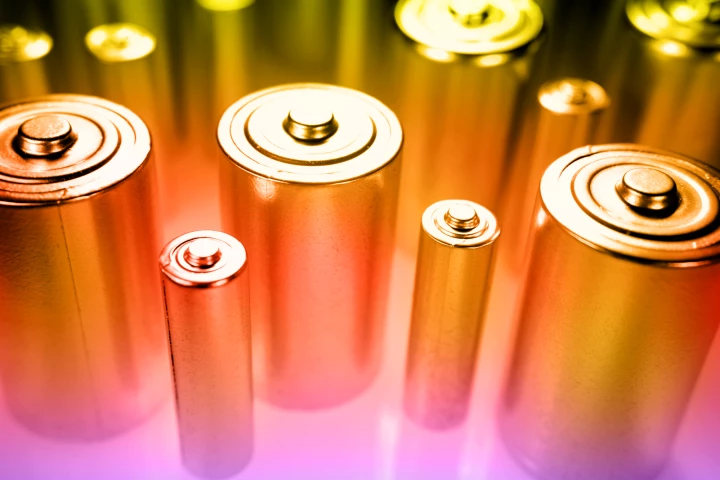Zinc
-
Sweden’s Enerpoly has flung open the doors to its zinc-ion battery megafactory in the north of Stockholm – making it the first manufacturing facility to use this battery technology at a large scale in the world.
-
Researchers have identified the mechanism underlying the protective role zinc has in type 2 diabetes and the fatty liver disease associated with the condition. The findings open the door to developing a novel diabetes treatment.
-
Researchers in New Zealand and Australia have grown tiny metal snowflakes, cubes, rods and other shapes. The nanocrystals form like snow out of a liquid metal, demonstrated an intriguing new potential method for manufacturing nanoscale structures.
-
Zinc-based batteries are one of a number of more cost effective, and potentially safer alternatives to lithium-ion, and a new breakthrough shows how crab shells might make them a whole lot more sustainable as well.
-
Failing antibiotics could lead to a future “dark age of medicine” where once-simple infections become lethal again. Scientists have now found a way to restore antibiotics to their former strength, by repurposing a drug developed to treat Alzheimer’s.
-
A team at the University of Central Florida has put forward a seawater-based battery design that ticks some key boxes, by using seawater in place of flammable and toxic electrolytes and a new anode to improve durability.
-
Zinc-air batteries are great little energy storage devices, but they’re not usually rechargeable. Now a team led by the University of Münster has developed a new zinc-air chemistry that makes this type of battery more efficient and rechargeable.
-
Electronic devices are made possible thanks to rare-Earth metals, but these are rare and relatively expensive. Now, scientists have found a way to combine common elements into electronically-useful compounds, which could find their way into tunable lighting and solar panels.
-
The glass we’re most familiar with is made from silicon dioxide, but now, an international team of scientists have developed a brand new class of glass, made from metal-organic compounds. These new materials form glass more readily than other types, and are much more pliable.
-
Another day, another new use for graphene. This two-dimensional form of carbon is strong, flexible and a great conductor. Now the overachieving wonder material has been put to work in the garden, as Australian researchers have used it as an effective slow-release carrier for fertilizer.
-
Zinc-air batteries are enticing thanks to their high energy density and cheap materials. Unfortunately, that's countered by how difficult it is to recharge them. Now researchers have created new catalysts out of abundant elements that could see rechargeable zinc-air batteries vying with li-ions.
-
Zinc-manganese batteries are back in the spotlight now that a team of researchers has made them much more reliable, with greater numbers of charging cycles than ever before. And all for around the same price as a standard lead-acid car battery.
Load More











